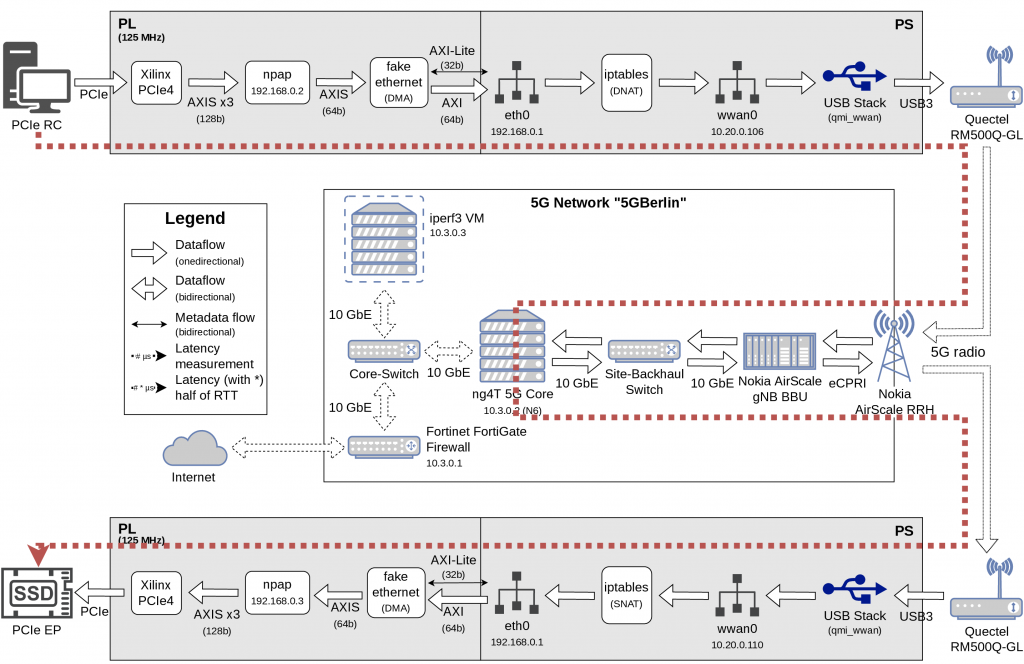Virtual Patent Marking
Virtual Patent Marking
Missing Link Electronics, Inc. (MLE) is a provider of Semiconductor Intellectual Property Cores (IP Cores) and electronic subsystems. MLE’s technology is used in products and licensable solutions and system stacks sold, which are offered by MLE and by commercial partners.
This page is intended to serve as notice under 35 U.S.C. § 287(a).
The following patents apply to MLE products:
| MLE Product | Patents |
|---|---|
| Auto/TSN | US Patent No. 9,209,828 US Patent No. 10,140,049 US Patent No. 10,509,880 US Patent No. 10,708,199 US Patent No. 10,848,442 US Patent No. 11,356,388 US Patent No. 11,695,708 EU Patent No. 2,817,761 Other Patents Pending |
| Auto/RPS | US Patent No. 9,209,828 US Patent No. 10,140,049 US Patent No. 10,509,880 US Patent No. 10,708,199 US Patent No. 10,848,442 US Patent No. 11,356,388 US Patent No. 11,695,708 EU Patent No. 2,817,761 Other Patents Pending |
| Robo/TSN | US Patent No. 9,209,828 US Patent No. 10,140,049 US Patent No. 10,509,880 US Patent No. 10,708,199 US Patent No. 10,848,442 US Patent No. 11,356,388 US Patent No. 11,695,708 EU Patent No. 2,817,761 Other Patents Pending |
| Robo/RPS | US Patent No. 9,209,828 US Patent No. 10,140,049 US Patent No. 10,509,880 US Patent No. 10,708,199 US Patent No. 10,848,442 US Patent No. 11,356,388 US Patent No. 11,695,708 EU Patent No. 2,817,761 Other Patents Pending |
| PCIe Long-Range Tunnel | US Patent No. 10,708,199 US Patent No. 10,140,049 US Patent No. 10,848,442 US Patent No. 11,356,388 US Patent No. 11,695,708 EU Patent No. 2,817,761 Other Patents Pending |
| Fast FPGA RAID | US Patent No. 10,708,199 US Patent No. 10,140,049 US Patent No. 10,848,442 US Patent No. 11,356,388 US Patent No. 11,695,708 EU Patent No. 2,817,761 Other Patents Pending |
| NVMe/TCP IP Core | US Patent No. 10,708,199 US Patent No. 10,140,049 US Patent No. 10,848,442 US Patent No. 11,356,388 US Patent No. 11,695,708 EU Patent No. 2,817,761 Other Patents Pending |
| PCIe Non-Transparent Bridge (NTB) | US Patent No. 10,708,199 US Patent No. 10,140,049 US Patent No. 10,848,442 US Patent No. 11,356,388 US Patent No. 11,695,708 EU Patent No. 2,817,761 Other Patents Pending |
| Soft ADC | US Patent No. 10,140,049 US Patent No. 10,509,880 Other Patents Pending |
| Soft DAC | US Patent No. 10,140,049 US Patent No. 10,509,880 Other Patents Pending |

